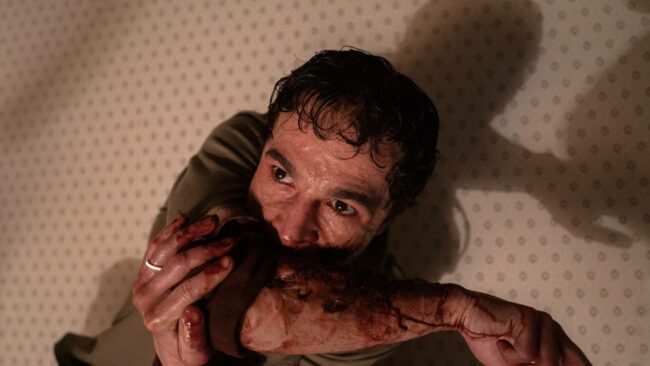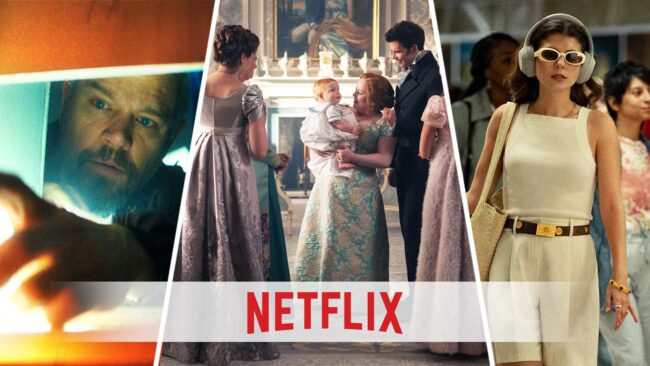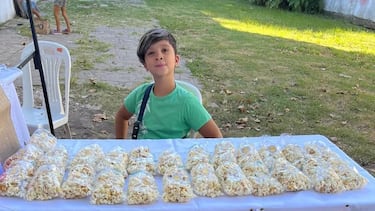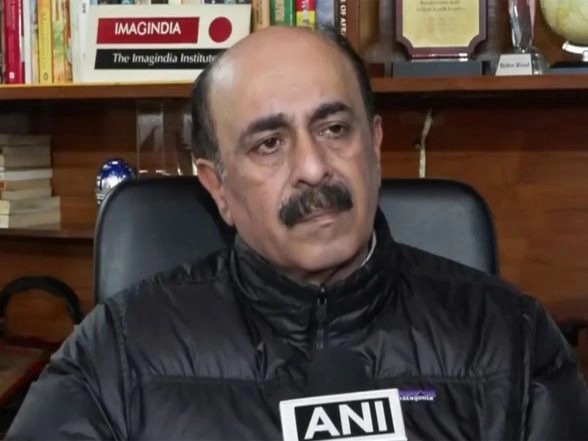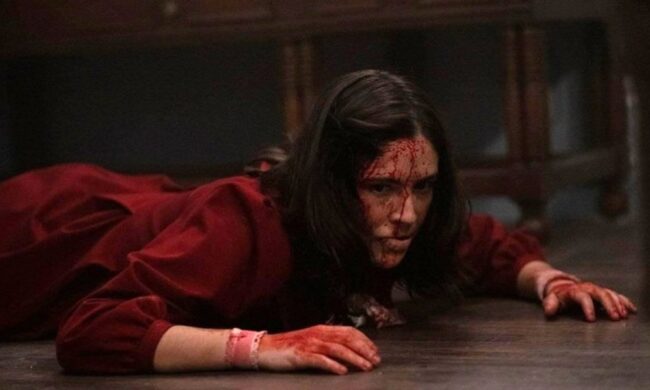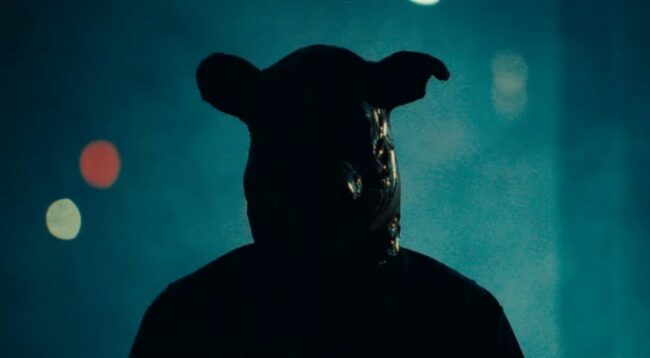All the 2025 Movies We’ve Already Forgotten
… new column from MovieWeb deputy editor and film critic Britt Hayes … of the above, these movies have been deliberately erased … and discovering (or rediscovering) movies that have been forgotten. … new Smurfs movie this year, the fourth animated feature film and …

